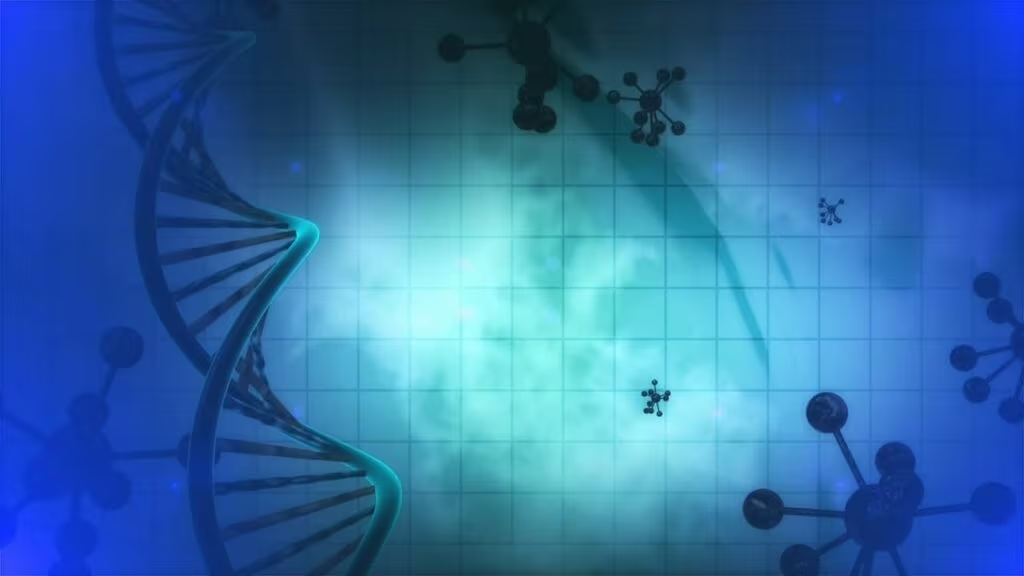Breakthrough Treatment in Manchester Targets Devastating Rare Genetic Disorder
In a landmark development for rare disease treatment, researchers and clinicians in Manchester have successfully administered a world-first stem cell gene therapy to a young child suffering from a devastating, life-limiting genetic condition. This revolutionary approach offers new hope for families facing Mucopolysaccharidosis Type I (MPS I), specifically the severe form known as Hurler Syndrome.
The therapy, delivered at the Royal Manchester Children’s Hospital (RMCH), part of the Manchester University NHS Foundation Trust (MFT), aims to correct the underlying genetic defect, potentially halting the progressive damage caused by the disease, particularly to the brain.
The Patient and the Disease: Jaxon Carter’s Story
The recipient of this pioneering treatment is Jaxon Carter, a three-year-old boy whose parents, like many others, faced the grim prognosis associated with Hurler Syndrome. Jaxon’s mother, Leanne Carter, expressed profound optimism following the procedure, noting the family is now “excited for his future” after receiving the treatment.

What is Mucopolysaccharidosis Type I (MPS I)?
MPS I is a rare, inherited lysosomal storage disorder. It is caused by a deficiency in the enzyme alpha-L-iduronidase (IDUA). This enzyme is essential for breaking down complex sugar molecules called glycosaminoglycans (GAGs), which are often referred to as mucopolysaccharides.
When the body lacks the IDUA enzyme, these GAGs accumulate in cells throughout the body, leading to progressive and severe damage to virtually every organ system, including the heart, bones, joints, respiratory system, and, critically, the central nervous system.
Hurler Syndrome, the most severe form of MPS I, typically results in significant neurodegeneration and a severely shortened life expectancy if left untreated. Standard treatments, while helpful, often struggle to cross the blood-brain barrier effectively, leaving the neurological symptoms largely unaddressed.
The Revolutionary Approach: Stem Cell Gene Therapy
This new treatment is a sophisticated form of gene therapy that leverages the patient’s own biology to deliver a permanent genetic correction. Unlike traditional Enzyme Replacement Therapy (ERT), which requires weekly infusions and does not always reach the brain, this therapy aims to turn the patient’s body into a continuous enzyme factory.
Mechanism of Action
The process involves several complex steps, demonstrating the high level of expertise required for this type of precision medicine:
- Stem Cell Collection: The patient’s own hematopoietic stem cells (blood-forming cells) are collected from their bone marrow or peripheral blood.
- Genetic Modification: These cells are then taken to a specialized laboratory where a harmless viral vector (often lentiviral) is used to introduce a functional copy of the IDUA gene into the stem cells’ DNA.
- Conditioning: The patient undergoes a mild chemotherapy regimen to make space in the bone marrow for the modified cells.
- Infusion: The genetically corrected stem cells are infused back into the patient.
Once infused, these modified stem cells engraft in the bone marrow. Crucially, they begin producing healthy blood cells that carry the functional IDUA gene. These corrected cells can then travel throughout the body, including crossing the blood-brain barrier, delivering the missing enzyme and potentially clearing the accumulated GAGs.

“This is a monumental step forward in treating Hurler Syndrome. By using the patient’s own stem cells, modified to produce the missing enzyme, we are aiming for a one-time treatment that could potentially halt the disease’s progression, especially the devastating neurological decline that current treatments struggle to address.”
— Leading Researcher/Clinician Quote (if available in full source)
The Role of Manchester in Global Gene Therapy
This world-first administration underscores Manchester’s growing reputation as a global hub for advanced medical research and clinical trials. The collaboration between the University of Manchester and MFT is critical, allowing laboratory discoveries to be rapidly translated into clinical practice.
The research team included experts from various disciplines, highlighting the multidisciplinary effort required for such complex treatments:
- Pediatric Specialists: Focused on the unique needs of young patients.
- Hematologists: Managed the stem cell collection and infusion process.
- Geneticists and Molecular Biologists: Developed and validated the gene therapy vector.
This trial is part of a broader movement toward using gene therapy to treat monogenic disorders—diseases caused by a defect in a single gene. Success in MPS I paves the way for similar strategies in other lysosomal storage disorders and rare conditions.
Comparison to Standard Treatment
Prior to gene therapy, the primary treatments for severe MPS I were:
| Treatment Method | Mechanism | Efficacy Against Neurological Symptoms | Key Limitation |
|---|---|---|---|
| Enzyme Replacement Therapy (ERT) | Weekly intravenous infusion of manufactured enzyme. | Limited. Enzyme often fails to cross the blood-brain barrier. | Requires lifelong, frequent infusions. |
| Hematopoietic Stem Cell Transplant (HSCT) | Transplanting donor bone marrow cells. | Effective if performed early, but carries risks of graft-versus-host disease (GvHD). | Requires a matched donor and carries significant immunological risks. |
| Stem Cell Gene Therapy (New) | Patient’s own cells are modified to produce the enzyme. | High potential, as corrected cells can cross the blood-brain barrier. | Novel, long-term data still being collected. |
The new stem cell gene therapy combines the benefits of HSCT (permanent correction) with reduced immunological risk, as it uses the patient’s own cells (autologous transplant).
Implications and Future Outlook
The success of Jaxon Carter’s treatment marks a significant milestone, moving gene therapy closer to becoming a standard curative option for severe rare genetic disorders. For families, the prospect of a single, potentially curative treatment that addresses both systemic and neurological symptoms is life-changing.
Key Takeaways for the Health Community:
- Validation of Autologous Gene Therapy: This successful administration validates the use of autologous (patient-derived) stem cell modification for complex systemic disorders.
- Addressing the Blood-Brain Barrier: The ability of the modified cells to deliver the enzyme to the central nervous system is perhaps the most critical advancement, offering hope against the neurodegenerative aspects of Hurler Syndrome.
- Global Collaboration: The research highlights the necessity of international collaboration in developing and executing complex rare disease trials.
While the initial results are highly encouraging, the research team will continue to monitor Jaxon closely to assess the long-term efficacy and safety of the treatment. The goal is to ensure the modified stem cells remain functional and continue producing the enzyme throughout his life.
Conclusion
This world-first stem cell gene therapy trial conducted in Manchester represents a profound shift in the therapeutic landscape for children with Hurler Syndrome. By leveraging cutting-edge genetic science, clinicians are moving beyond palliative care toward genuine, long-term correction of the underlying genetic fault. This development not only offers a brighter future for Jaxon Carter but establishes a crucial precedent for tackling other devastating rare diseases globally.
Disclaimer: This article provides information for educational purposes only and should not be considered medical advice. Consult with qualified healthcare professionals for diagnosis and treatment options.
Original author: University of Manchester
Originally published: November 24, 2025
Editorial note: Our team reviewed and enhanced this coverage with AI-assisted tools and human editing to add helpful context while preserving verified facts and quotations from the original source.
We encourage you to consult the publisher above for the complete report and to reach out if you spot inaccuracies or compliance concerns.

